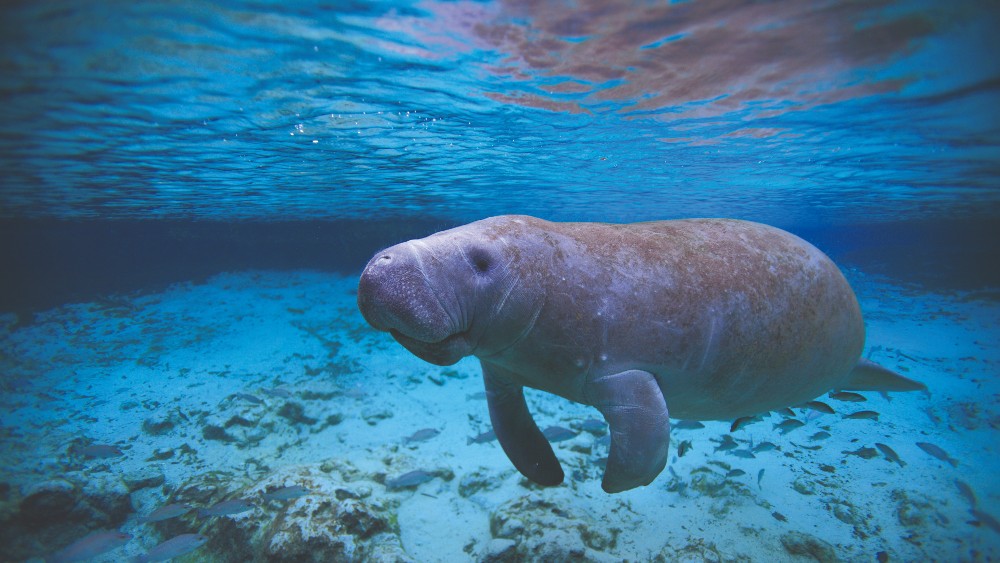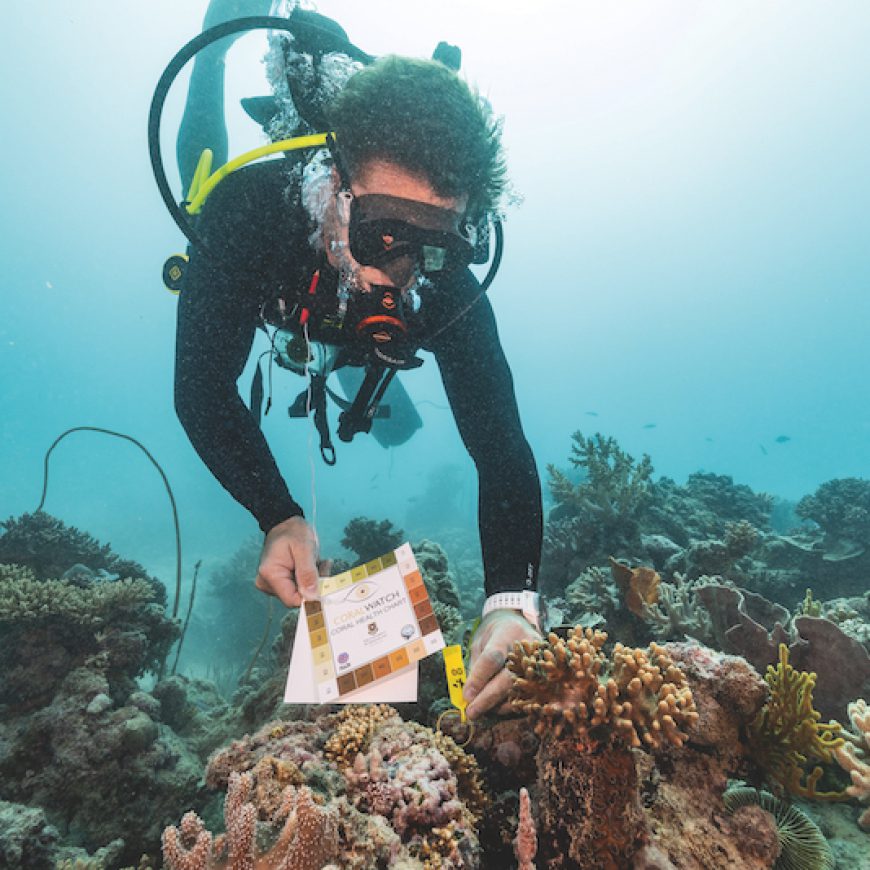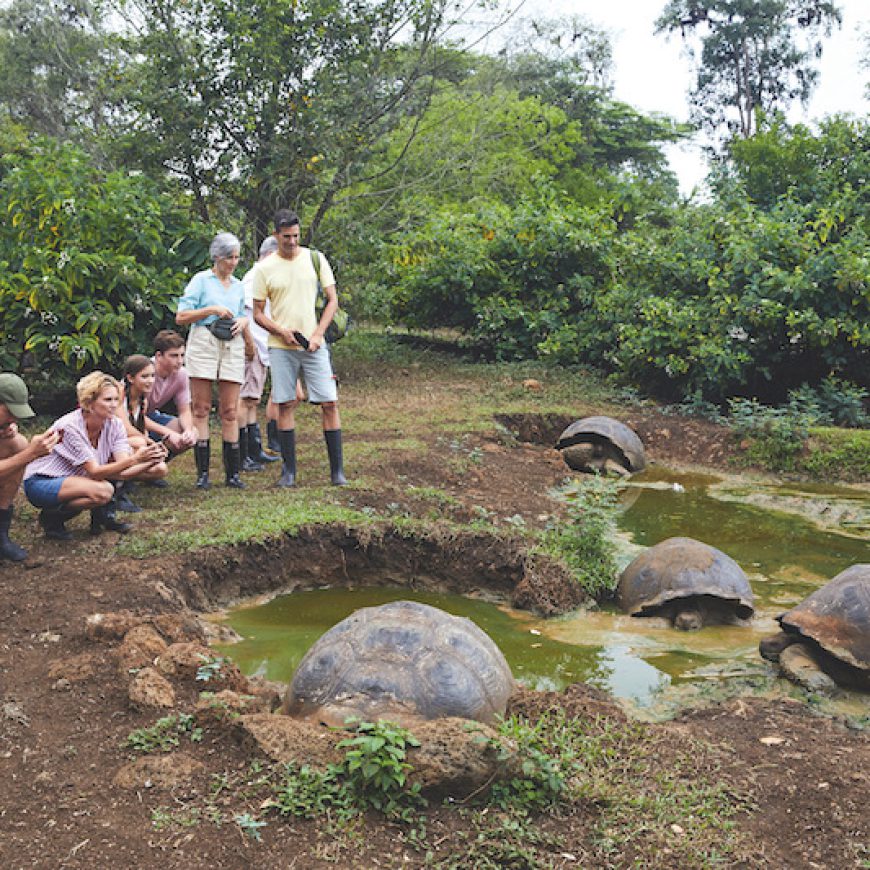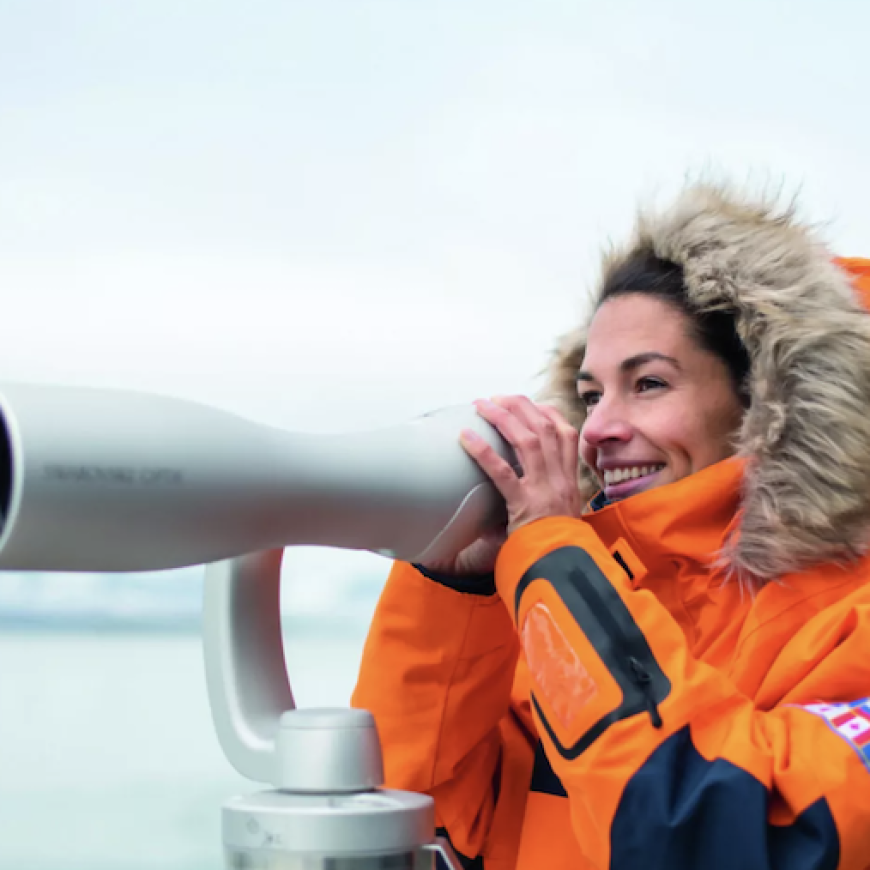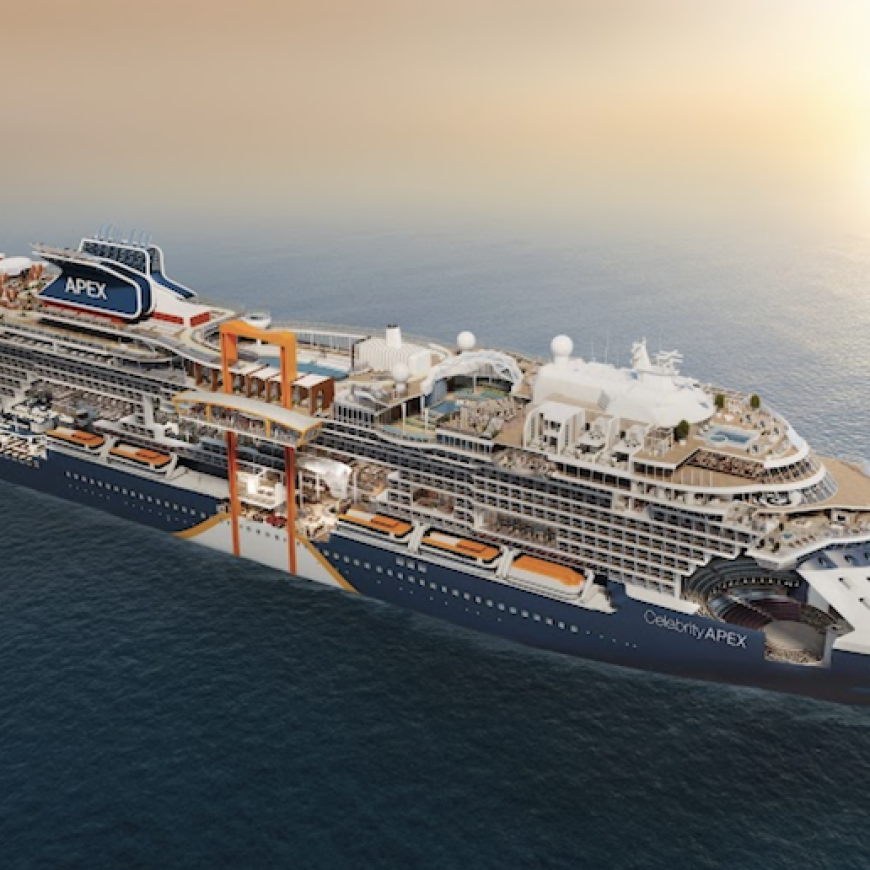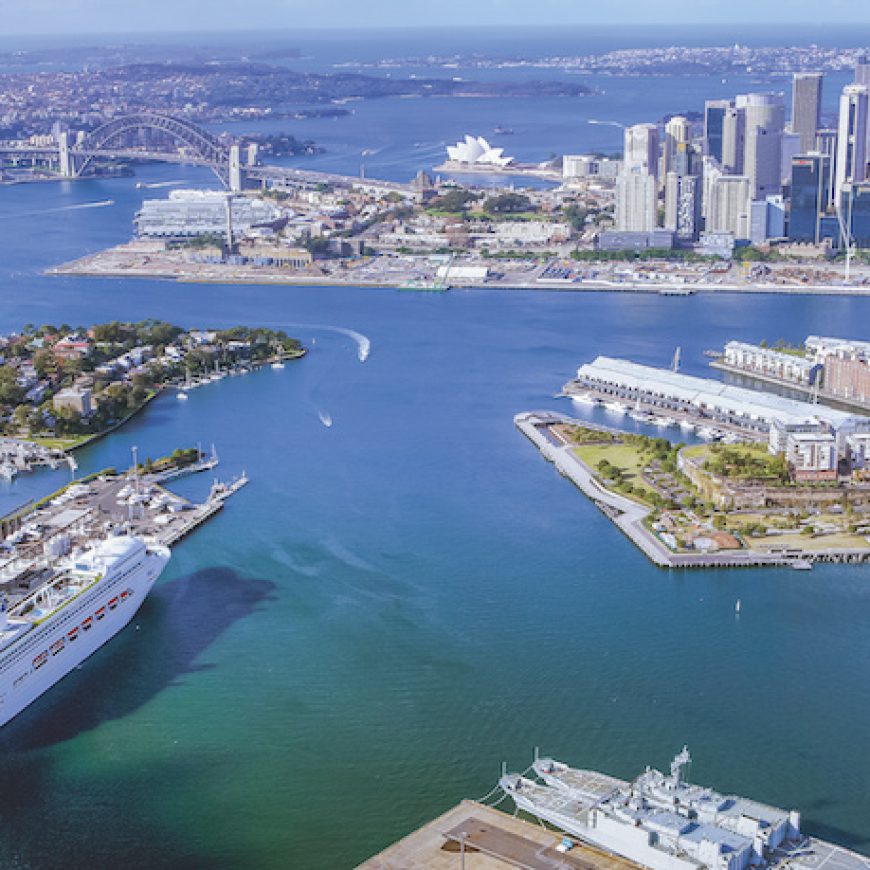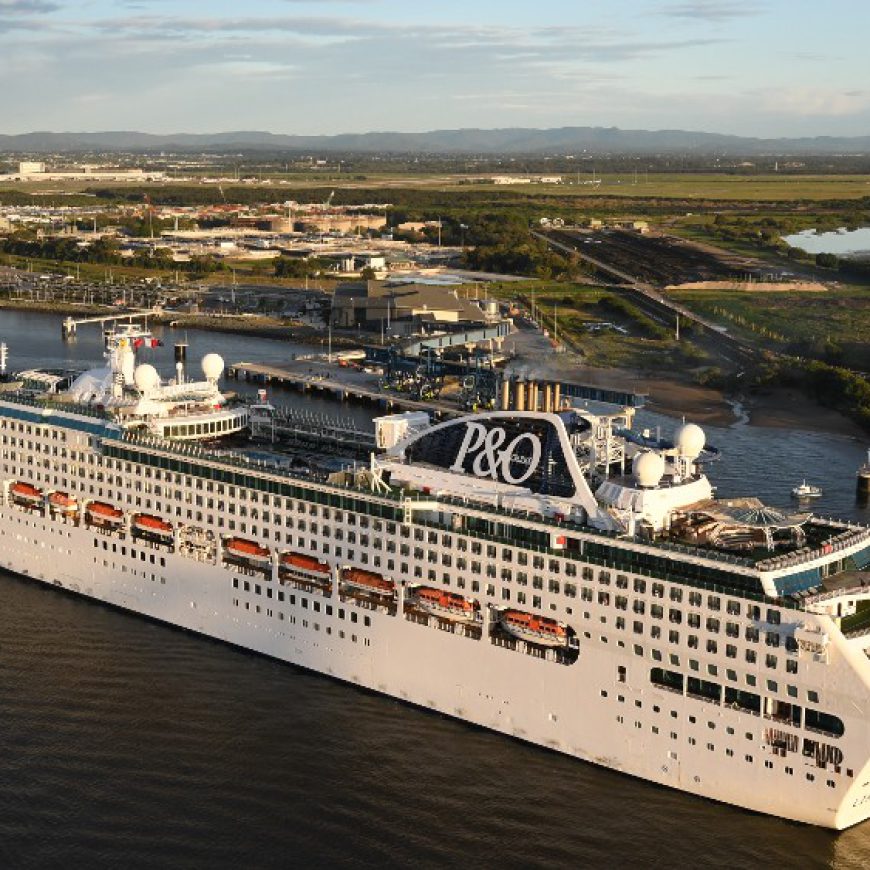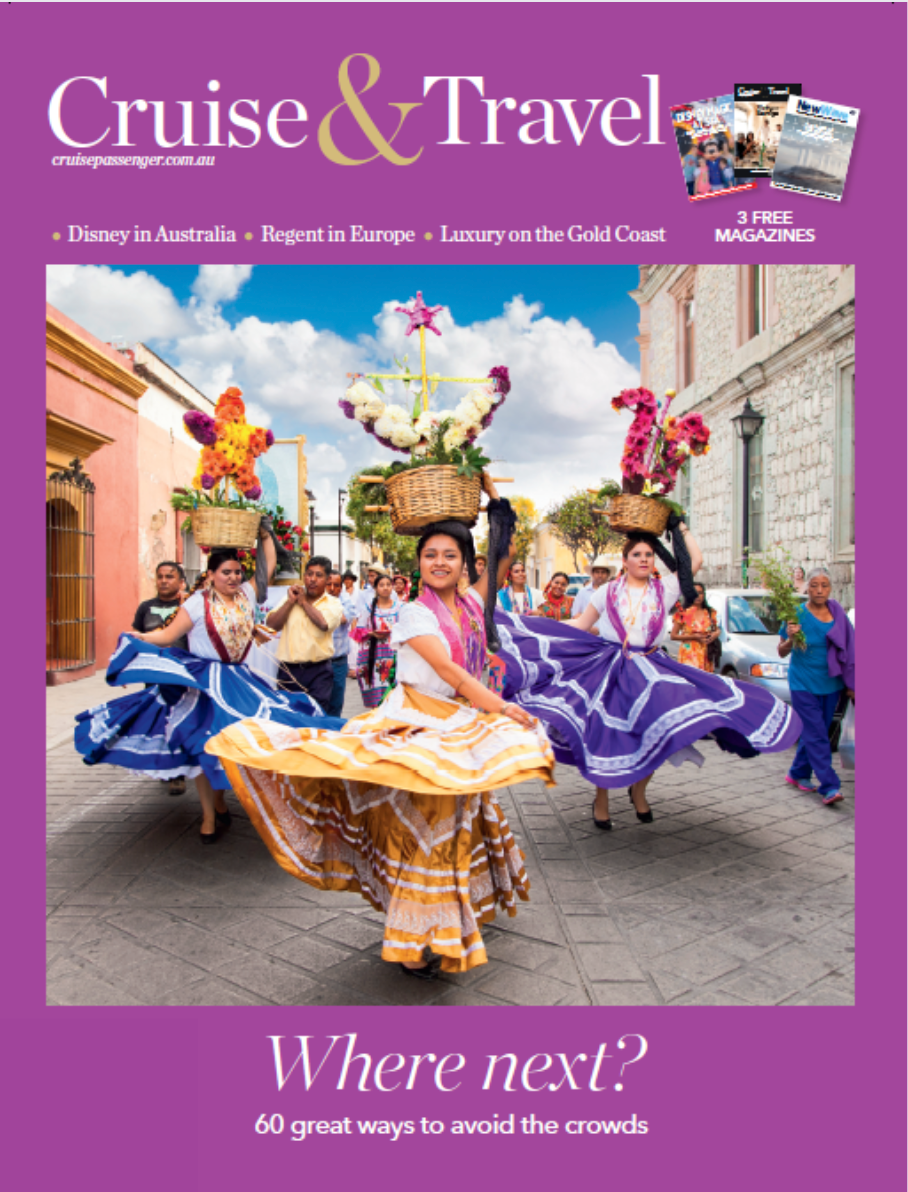Cruise operators around the world are now doing more than ever before to preserve the planet and ensure they tread lightly wherever they go.
Antarctica. No destinations signifies the importance of sustainable cruising more than the unspoiled Antarctica. Tourism to Antarctica is regulated by the International Association of Antarctica Tour Operators, which was co-founded by cruise line Lindblad. Many other cruise lines and tour companies like Scenic and Aurora are also members of this important council.
Biofuels. Among the potential alternatives for using oil is biofuel or biodiesel, which is a renewable fuel sourced from natural oils. Hurtigruten has trialled use of biofuel and MSC Cruises has been using blended biofuel on some of its vessels.
Coatings. Cruise ship operators can apply special paint coatings that reduce fuel consumption by up to 5 per cent. Norwegian Cruise Line signed a deal with Nippon Paint Marine to apply fuel-saving coating to 13 cruise ships under its holding company, including six vessels for Oceania and five for Regent Seven Seas.
Donations. Many cruise lines have partnerships with sustainability focused charities to donate proceeds that support the foundations to make change. For example, river cruise line Avalon Waterways has recently formed a partnership with The Ocean Clean Up and Trees4Travel.
Expedition cruising. Likely a key step towards long-term sustainability is the increasing popularity of expedition cruising, with smaller ships lessening impact on the environment.. Expedition cruise lines like Hurtigruten and Aurora are also striving to innovate in sustainability.
Fincantieri shipyard. Fincantieri Shipyard, responsible for many of the world’s best and biggest cruise ships, has recently signed a near billion-dollar construction deal for future building of ships. The deal has built in strict sustainability measures required to be met for construction to take place.
Giant sails. New cruise liners are being built with giant solar panels on the sails, allowing the ships to power themselves. Being built by sustainability innovators Chantiers de L’Atlantique, the company says this will cut greenhouse gas emissions in half.
HVAC. Heat, ventilation and air conditioning systems are a critical piece of the puzzle in cruise sustainability. A 2021 study by GF Piping Systems confirmed that better HVAC systems on cruise ships can decrease fuel consumption, reduce emissions and lower costs.
Itineraries. Part of CLIA’s sustainability guidelines is the optimising of itineraries. Through adjust routes, ship speed and distance travelled, ships can significantly reduce their fuel consumption.
Joint effort. Key to promoting sustainability in cruise is partnerships between lines, industry and governments. For example, the Cruise Baltic network is a group of 32 destinations that have signed the Cruise Baltic Sustainability Manifesto, working towards a sustainable future for cruise in the region.
animal Kingdom. The chance to spot wildlife is so often a highlight of cruising and many cruise companies are doing their bit to ensure it stays this way. To promote nature-based climate solutions Disney has planted over 9 million trees.
LED. Cruise lines such as Royal Caribbean, Princess and Norwegian have taken to using energy-efficient LED lighting onboard. This lasts 25 times longer than normal lighting and uses 80% less energy.
Marine life. Unfortunately, if cruising is not done responsibility it can cause harm to marine life and habitats. However, cruise lines are promoting protection of marine life, such as MSC’s partnership with conservation organization Marevivo and Norwegian’s restoration of coral reefs in the Cayman Islands.
Net-zero. Always the ultimate sustainability goal, the Cruise Lines International Association has committed to pursuing net-zero carbon cruising by 2050. Meanwhile some cruise lines by Royal Caribbean and Disney are aiming to get there even earlier.
Oceans. Cruise Lines take up less than 1% of total marine traffic, but are developing key sustainable designs that will be able to be implemented by other ocean carries. The industry has invested well over $30 billion into sustainable cruising.
Plastic. Single-use plastics are becoming a thing of the past on some cruise lines such as Hurtigruten, with other larger cruise lines taking steps towards this such as Royal Caribbean banning plastic straws and Norwegian banning plastic bottles.
Questioning. Booking.com has revealed 83% of global travellers think sustainable travel is vital and almost half think there aren’t enough options for sustainable travelling. The questioning consumer is a key cog in making cruise take action.
Recycle. Some ships have actually been able to repurpose 100% of all waste generated by the ship, converting it into energy. Cruise Lines are currently recycling about 80,000 tons of paper, plastic, aluminium and glass each year.
Shore-side power. Many ships are moving towards shore-side power, that allows them to ‘plug in’ at ports of call, which can greatly reduce ship emissions in port waters, reducing pollutants by nearly 90% and greenhouse gas emissions by 50%.
Transparency. Critical to progress in the lane of sustainability is transparency from cruise lines and industry bodies. CLIA’s environmental policy includes thorough third-party and internal auditing that means cruise lines have to openly disclose their practices, to ensure they’re meeting sustainability guidelines.
Universities. Through partnering with universities and research teams cruise lines can improve their sustainability research and programs, as well as ensure the next generation of sustainable cruise is in safe hands Hurtigruten Expeditions has partnered with the University of Tasmania to support its Antarctic research over the next 10 years.
Volunteers. Many cruise lines give you the chance to volunteer at certain ports around the world. For example, Carnival corporation brands such as Carnival Cruise Line and Holland America Line, can sign up for shore volunteering such as teaching English to local schoolchildren, beach clean-ups, tree planting and more.
Water waste. 99% of new cruise ships currently on order are using advanced wastewater treatment, building on the current 70% of CLIA ships with advanced wastewater systems.
eXploring. At the heart of cruising is the chance to explore and at the heart of sustainability is the preservation of the world to be explored. Sustainable cruising is critical both to the natural world that deserves its preservation and future generations who wish to explore it.
Youth. When you take the kids onboard a cruise, you might not just be giving them a handful of memories, but also critical foundational learning of sustainability. For example, Disney’s Oceaneer lab is not just designed for kids to have fun, but also guided science labs and workshops begin to teach kids about taking care of the ocean and environment.
Zoos. As good cruise lines will fight for sustainability, good zoo’s will fight for conservation. Sometimes this can be done working together. Royal Caribbean International and Taronga Zoo have collaborated together on the Litter Free Oceans campaign to raise awareness about the devastating effect of pollution on the oceans.

